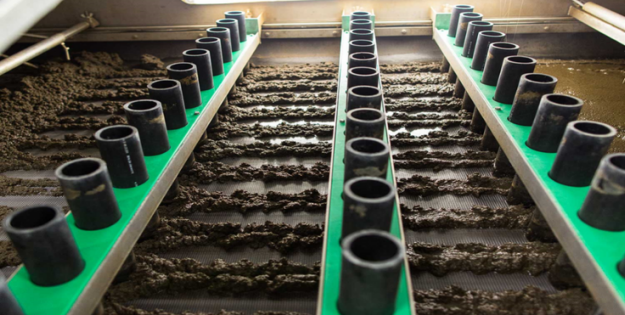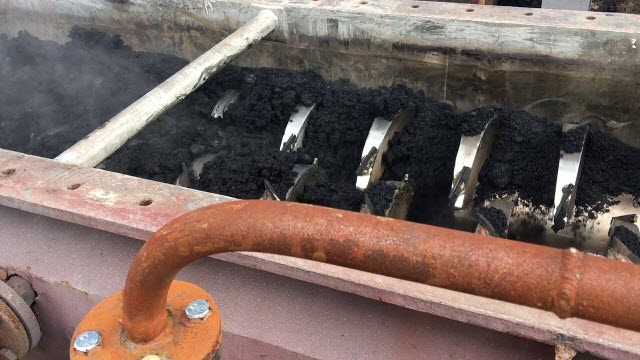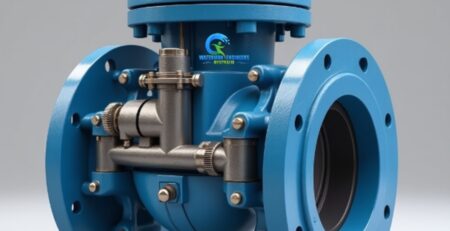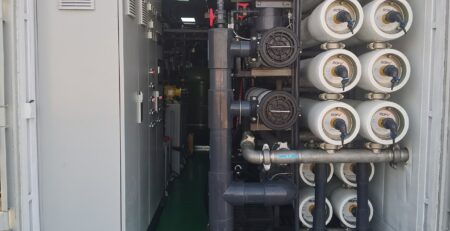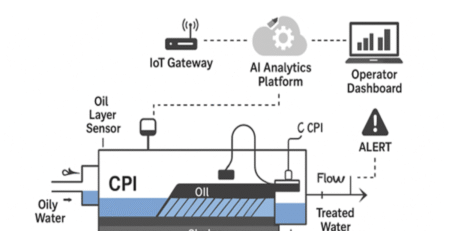The Benefits of Using Sludge Dewatering Equipment for Wastewater Treatment Plants
Wastewater treatment plants are critical infrastructures that ensure clean water is supplied to the public. They function by removing contaminants from wastewater, which can include pollutants, organic matter, and solid materials. One of the most significant byproducts of the wastewater treatment process is sludge. Sludge is a semi-solid residue that is rich in organic matter and pathogens. If left untreated, it can cause environmental pollution and even spread diseases. That is why it is essential to remove sludge from the wastewater treatment process using sludge dewatering equipment. This article will discuss the benefits of using sludge dewatering equipment for wastewater treatment plants.
What is Sludge Dewatering Equipment?
Sludge dewatering equipment is a type of machinery used to remove water from sludge, which is a semi-solid residue generated during the wastewater treatment process. The equipment uses different techniques such as centrifugation, filtration, and gravity separation to dewater the sludge and create a solid residue that can be disposed of safely. The process reduces the volume of sludge and makes it easier to manage and transport. Sludge dewatering equipment is an essential part of wastewater treatment plants and helps to ensure that the process is efficient and environmentally safe.
Benefits of Using Sludge Dewatering Equipment
Using sludge dewatering equipment for wastewater treatment plants comes with numerous benefits, including:
Reducing Sludge Volume
Sludge takes up a significant amount of space, and it can be expensive to store and transport. By using sludge dewatering equipment, the volume of sludge can be significantly reduced. The process removes water from the sludge, leaving behind a solid residue that takes up less space.
Cost Savings
Reducing the volume of sludge results in cost savings for the wastewater treatment plant. The cost of storing and transporting sludge can be significant. By reducing the volume of sludge, the number of trips required to transport it is reduced, resulting in cost savings.
Environmental Protection
Sludge contains pathogens, heavy metals, and other contaminants that can harm the environment if not disposed of properly. Sludge dewatering equipment produces a solid residue that can be disposed of safely, reducing the risk of environmental pollution.
Increased Efficiency
Sludge dewatering equipment can improve the efficiency of the wastewater treatment process. The equipment removes water from the sludge, making it easier to handle and transport. This results in a more efficient process that requires less energy and resources.
Improved Treatment Quality
Using sludge dewatering equipment can improve the quality of the wastewater treatment process. The equipment removes water from the sludge, resulting in a higher concentration of organic matter and contaminants. This means that the remaining sludge is easier to treat and produces a higher quality effluent.
Compliance with Regulations
Wastewater treatment plants are subject to regulations regarding the disposal of sludge. Sludge dewatering equipment can help plants comply with these regulations by producing a solid residue that can be disposed of safely.
Types of Sludge Dewatering Equipment
Sludge dewatering equipment comes in different types, including:
Centrifuges
Centrifuges use centrifugal force to separate solids from liquids. The equipment spins at high speeds, separating sludge into solids and liquids. Centrifuges are another type of sludge-dewatering equipment that uses centrifugal force to remove water from sludge. The equipment consists of a rotating drum that spins at a high speed to separate the solids from the liquid. The sludge is fed into the drum, and the centrifugal force separates the water from the solids, which are then discharged from the end of the drum. Centrifuges are highly efficient and can remove a high percentage of water from sludge, producing a dry cake that is easy to dispose of. They are also versatile and can be used to dewater many types of sludge, including those with a high solids content. However, they have a higher initial cost than some other types of dewatering equipment, and they can require more maintenance.
Belt Filter Presses
Belt filter presses use a series of belts to filter sludge. The belt filter press squeeze the sludge, removing water and producing a solid residue. Belt filter presses are a type of sludge dewatering equipment commonly used in wastewater treatment plants. The equipment consists of two tensioned porous belts that pass over a series of rollers. The sludge is fed into the press, and the belts convey it through a series of zones where pressure is applied to extract the water. The resulting dewatered sludge cake is then removed from the belts for disposal. Belt filter presses are efficient and effective at removing water from sludge, and they have a relatively low operating cost. They are also easy to operate and maintain, making them a popular choice for many wastewater treatment plants.
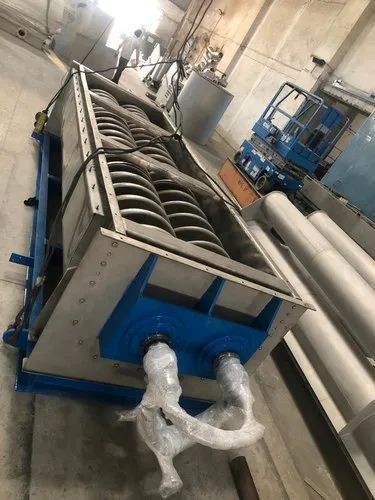
Screw Presses
Screw presses use a rotating screw to dewater sludge. The screw compresses the sludge, removing water and producing a solid residue. Screw presses are another type of sludge dewatering equipment commonly used in wastewater treatment plants. The equipment consists of a rotating screw inside a cylindrical screen. The sludge is fed into the screw press and conveyed along the length of the cylindrical screen while the screw rotates, exerting pressure on the sludge to remove the water. The dewatered sludge is then discharged from the end of the screen. Screw presses are efficient and effective at removing water from sludge and have a small footprint, making them ideal for plants with limited space. They also have low operating costs and are easy to operate and maintain. However, they may not be suitable for all types of sludge, and the screens can become clogged if the sludge is not properly conditioned.
Conclusion
Sludge dewatering equipment is essential for wastewater treatment plants. It reduces the volume of sludge, resulting in cost savings and improved treatment quality. The equipment also helps plants comply with regulations and protect the environment.

